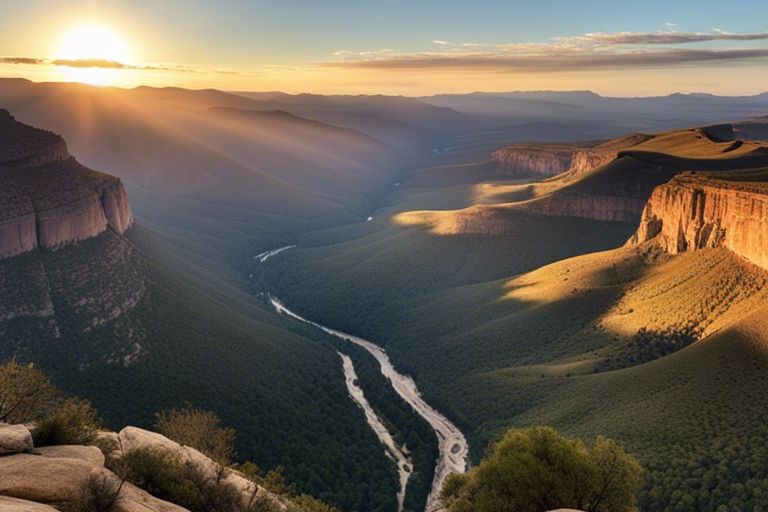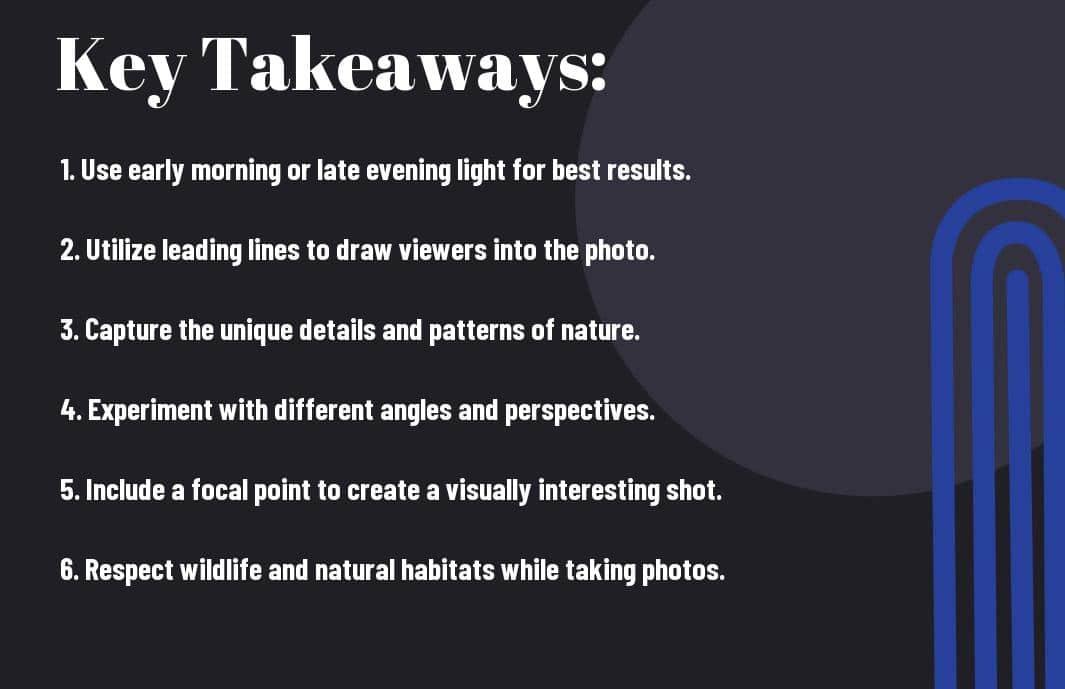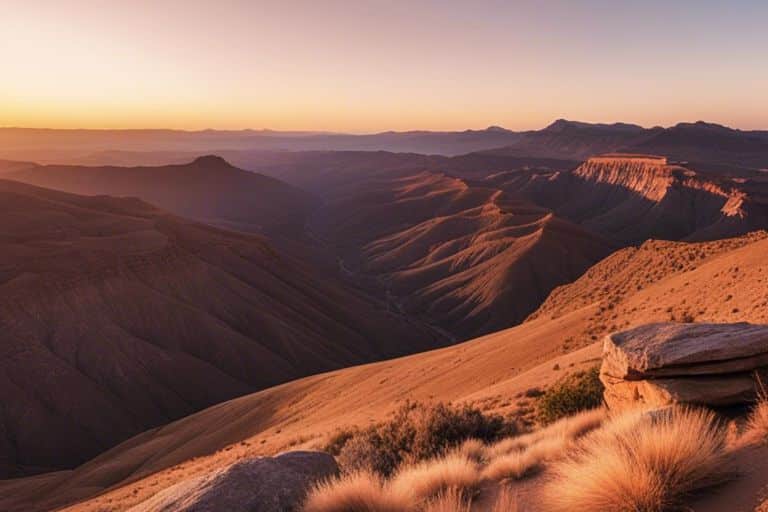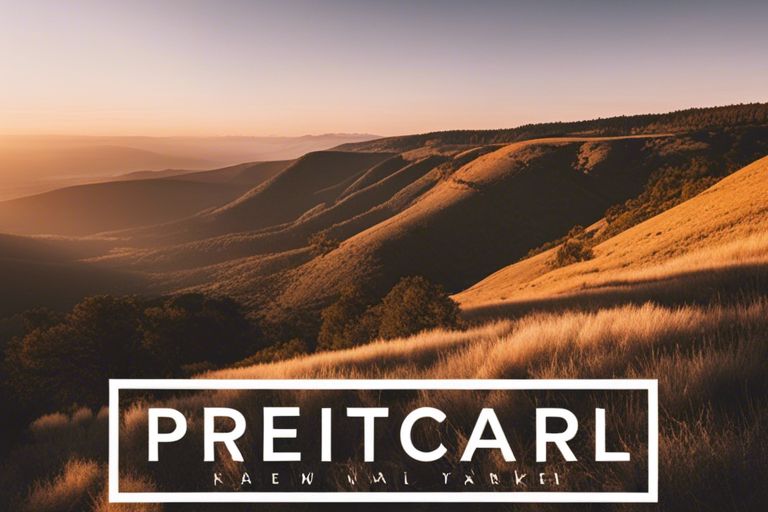There’s no doubt that our National Parks are some of the most breathtaking and diverse landscapes in the world, making them a popular destination for photographers looking to capture nature’s beauty. In order to truly capture the essence of these stunning locations, it’s important to have the right skills and techniques. Whether you’re a beginner or a seasoned pro, knowing how to make the most of your photography in National Parks can greatly enhance your experience. To help you on your journey, be sure to check out this Beginner’s Photography Guide provided by the National Park Service, offering valuable insights and tips to elevate your photography game.
Key Takeaways:
- Plan ahead: Research the national park you are visiting to understand its unique features and best times for photography.
- Use the right gear: Bring a sturdy tripod, wide-angle lens, and filters to capture the vast landscapes of national parks.
- Follow the light: Utilize the golden hours of sunrise and sunset for optimal lighting conditions in your photographs.
- Look for unique perspectives: Explore different angles and viewpoints to capture the beauty of national parks in a fresh and creative way.
- Focus on details: Pay attention to the small elements like textures, patterns, and colors that make national parks special.
- Embrace different weather conditions: Rain, fog, and snow can add drama and interest to your national park photos, so don’t be afraid to shoot in less-than-ideal conditions.
- Respect the environment: Leave no trace and follow park regulations to preserve the beauty of national parks for future generations of photographers.
Understanding National Park Photography
The Importance of Light and Time
One of the most critical aspects of capturing stunning photographs in national parks is understanding the importance of light and time. The quality of light can make or break a photo, so be mindful of the time of day you shoot. Golden hour – the hour after sunrise and before sunset – offers the most dramatic lighting for your images. Additionally, shooting during midday when the sun is high in the sky can lead to harsh shadows and overly bright highlights. Be patient and wait for the right lighting conditions to enhance the beauty of the park’s landscapes.
Composing Nature: Finding the Perfect Shot
To compose a nature shot that truly captures the essence of a national park, consider the rule of thirds and leading lines in your frame. Pay attention to the natural elements around you and use them to guide the viewer’s eye through the image. Look for patterns, textures, and colors that can add interest and depth to your composition. Remember to experiment with different angles and perspectives to create a unique and visually appealing photograph.
Avoid centering your subject in the frame; instead, position it off-center to create a more dynamic composition. Incorporate elements in the foreground to add depth and scale to your photos. Bear in mind, the goal is to create a visually compelling image that tells a story and evokes emotion in the viewer. By mastering the art of composition, you can elevate your national park photography to new heights.
Gear Essentials for National Park Photography
Choosing the Right Camera and Lenses
If you’re planning to capture the breathtaking landscapes and unique wildlife of national parks, choosing the right camera and lenses is important. For landscape photography, a full-frame DSLR or mirrorless camera with a wide-angle lens is ideal for capturing sweeping vistas and intricate details. For wildlife photography, a telephoto lens with good reach will help you get up close without disturbing the animals or sacrificing image quality.
Must-Have Accessories for Outdoor Photography
The wilderness of national parks can present challenging shooting conditions, so having the right accessories is key. The importants include a sturdy tripod for stable shots, a polarizing filter to reduce glare and enhance colors, and a camera bag to protect your gear from the elements. Additionally, don’t forget to pack extra batteries and memory cards to avoid missing out on unforgettable shots.
Plus, always remember to stay prepared with proper clothing and footwear for long hikes and unpredictable weather conditions. Weather-resistant gear is important when exploring national parks, as conditions can change rapidly and unexpectedly, posing potential risks to both you and your equipment.
Technical Skills for Enhancing Your Photos
Mastering Exposure and the Histogram
Unlike other genres of photography, capturing the beauty of national parks requires a solid understanding of exposure and how to use the histogram effectively. With the dynamic range of landscapes in national parks, properly exposing your images can make all the difference in capturing the intricate details of the scenery. By mastering exposure, you can ensure that your photos have the right balance of highlights and shadows, allowing for a more visually appealing final result.
The Art of Post-Processing: Bringing Photos to Life
Life in national park photos can truly come to life during post-processing. From adjusting colors and tones to enhancing contrast and sharpness, post-processing allows you to elevate your images to new levels of visual impact. For instance, carefully adjusting the white balance and applying selective sharpening can bring out the vibrant colors of a sunset over a national park, creating a breathtaking scene that transports viewers to the moment the photo was taken.
Respectful Photography Practices
Minimizing Environmental Impact
Many photographers flock to national parks in pursuit of the perfect shot, but it’s important to minimize our environmental impact while capturing the beauty of these pristine landscapes. One key practice is to stay on designated trails and pathways to prevent trampling on delicate vegetation. Additionally, avoid disturbing wildlife or altering natural settings for your photographs.
Responsible Wildlife Photography
One important aspect of capturing wildlife in national parks is to practice responsible photography techniques. Environmental preservation is paramount, so maintain a safe distance from animals to avoid causing stress or harm. Always remember that the wildlife’s well-being comes first, even if it means missing out on a shot. Bear in mind, it’s their home, and we are merely visitors.
Environmental practices in responsible wildlife photography involve respecting the animals’ natural behaviors and habitats. Avoid using baits or lures to attract wildlife for a photo op, as this can disrupt their natural foraging patterns and dependency on human food sources. Additionally, never harass, chase, or get too close to wildlife for a close-up shot. Your safety and the well-being of the animals are top priorities in responsible wildlife photography.
Conclusion
Now armed with these photography tips for capturing the beauty of national parks, you have the tools to enhance your photographs and truly showcase the diversity and wonder of these natural landscapes. Remember to always respect the environment and wildlife while you explore and capture these stunning locations. With a keen eye and a creative approach, your photographs can inspire and connect others to the remarkable beauty found in our national parks.
FAQ
Q: Why is photography important in capturing the beauty of national parks?
A: Photography plays a crucial role in showcasing the natural and cultural wonders of national parks to the world. It allows us to preserve memories, raise awareness, and inspire others to explore these pristine landscapes.
Q: What are some photography tips for capturing the beauty of national parks?
A: To capture stunning images in national parks, ensure you use a wide-angle lens to capture vast landscapes, utilize the golden hours of early morning and late afternoon for soft light, frame your shots with interesting foreground elements, and experiment with different perspectives to add depth to your photos.
Q: How can photographers respect the environment while capturing images in national parks?
A: It is necessary for photographers to follow park regulations, stay on designated paths to minimize environmental impact, avoid disturbing wildlife, pack out all trash, and be mindful of their presence in these delicate ecosystems. Respecting the environment ensures that these natural treasures remain protected for future generations to enjoy.




